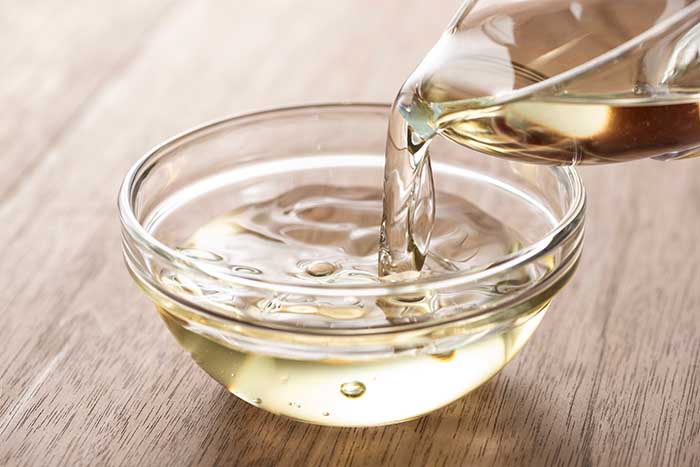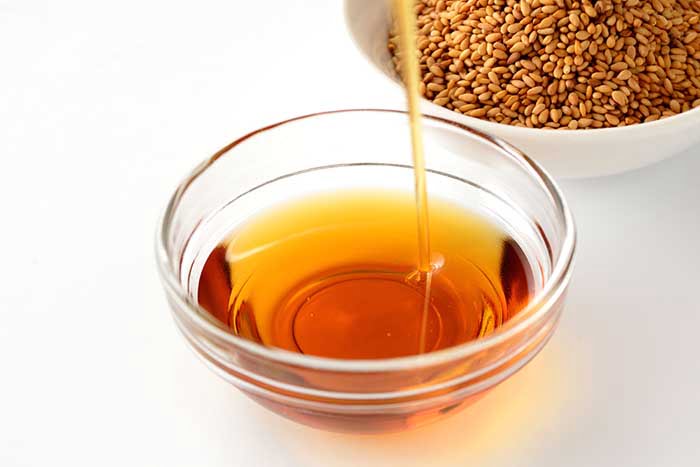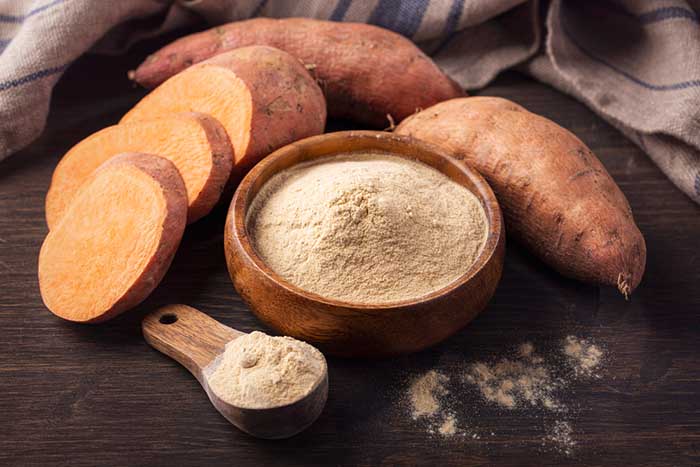The best parsnip substitutes to use in soups and roast dinners. From carrots to celery root, these are the best parsnip alternatives to use today.
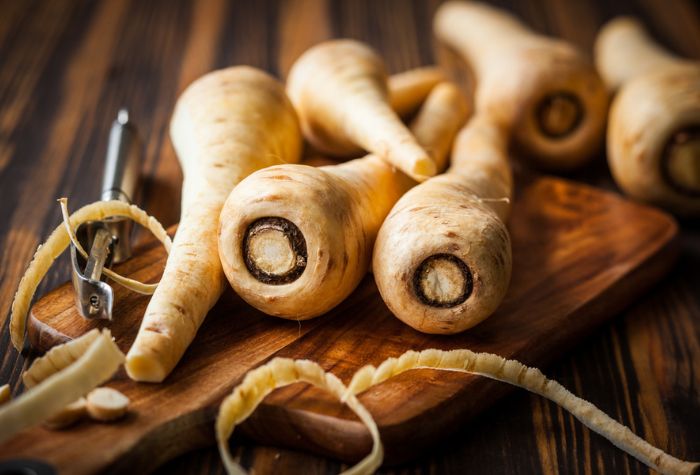
Were you planning on making a delicious bowl of stir fry today and had your heart set on using parsnips in it? If you were, we understand your frustration when you realized that you don’t have any parsnips on hand. Luckily, there are many options that you can use as parsnips substitutes.
Parsnips are cream-colored root vegetables that resemble carrots quite a bit in terms of size, shape, and texture. They can be used in a wide variety of ways. They can be added to soups, roasted, fried, grilled, or even baked.
If you’re ever short on parsnips, you can use carrots, turnips, sweet potatoes, regular potatoes, celery root, salsify, and radishes. All of these alternatives make excellent makeshift solutions and offer an array of health benefits.
Read on to find out more about each parsnips substitute, as well as any differences in taste or color that may occur in your dish when you use them.
Carrots

If a certain recipe calls for parsnips and you don’t have any on hand, then carrots can be a great makeshift solution. Carrots are root vegetables that have a lot in common with parsnips in terms of size, shape, and texture.
We recommend using one carrot for every parsnip you’d usually add to your recipe. When you use carrots as an alternative to parsnips, you can expect your dish to turn out a bit sweeter than what you’re accustomed to.
Not only that, but the bright orange hue of these popular vegetables will make your sauteed vegetable mix look even more appetizing.
Although the fact as to whether carrots will improve your eyesight is up for debate, there are numerous other health benefits of carrots that are beyond doubt. These benefits include cholesterol regulation, plenty of antioxidants, and their richness in dietary fiber.
Turnips
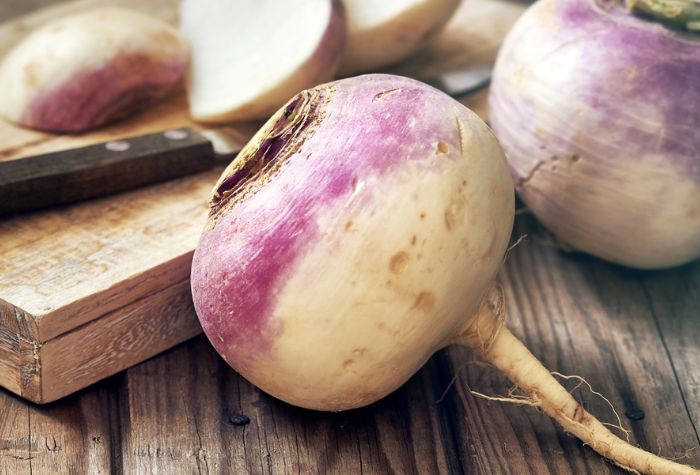
If you were planning on using stir-fried or steam-roasted parsnips in your recipe, then turnips will definitely work just fine in their stead.
In contrast to carrots, using turnips as a substitute for parsnips will lead the level of sweetness in your recipe to diminish. This is especially true if you’re using more mature turnips as they tend to be noticeably more bitter than younger ones.
Not to worry though, you can easily work around this issue by seasoning the dish to satisfy your taste preferences. As for the rate of substitution, you should exchange parsnips for turnips using a one-to-one ratio.
Turnips are also packed with health benefits. They include helping regulate blood sugar levels and having anti-inflammatory properties.
Sweet Potatoes

When you’re thinking of vegetables to include in your soup or bowl of stir-fry, sweet potatoes probably aren’t what comes to mind.
However, sweet potatoes are incredibly versatile and you can use them in a wide range of recipes. They work best as a substitute for parsnips as a side dish alongside meat and chicken.
They’re also an excellent alternative for parsnips in recipes where you’d usually serve the latter uncooked. You can also, mash them, fry them, and even roast them, much to the delight of your tastebuds.
In addition to this, sweet potatoes have an edge over parsnips when it comes to nutritional value in a variety of ways.
Celery Root
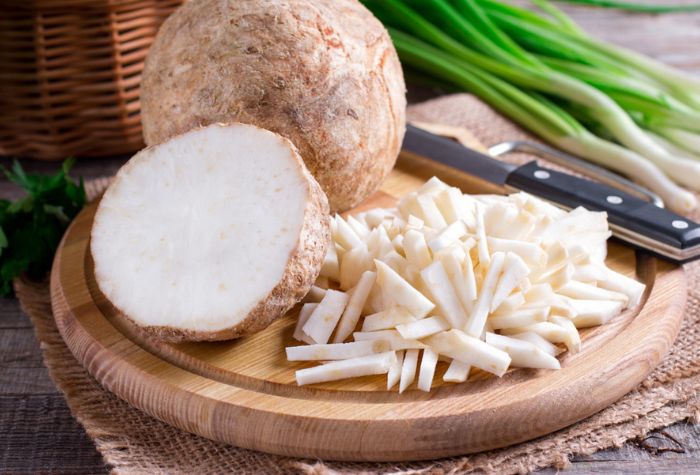
Another excellent substitute for parsnips in a lot of recipes is celery root, also known as celeriac.
Celery root is known for its starchy insides and vegetal flavor. It’s best used as an alternative for parsnips in recipes where you’d usually slow-cook the latter. Steam-roasting celery root goes a long way in bringing out the sweetness of this winter vegetable.
It’s a perfect alternative when used in soups and casseroles. Add to that the wealth of vitamins and antioxidants that this vegetable contains, and you have a real winner on your hands.
However, you should note that celery root is considerably fleshier than parsnips. So, make sure to give it a bit more cooking time than you usually would with parsnips.
Salsify

Salsify is yet another root vegetable that can do the job and then some in the absence of parsnips. This fascinating veggie has an oyster-like flavor, which is the reason behind it being nicknamed the oyster plant.
Another similarity that this vegetable has with oysters is that its exterior is quite different from its exterior. It’s dark on the surface, but cut it open and you’ll find creamy flesh.
No matter how you intended to use your parsnips, salsify has got you covered. It gives scrumptious results when sauteed or mashed. It’s also a great addition to salads, soups, and stews.
Not only is salsify delicious, but it’s also highly nutritious. The oyster plant is known to promote healthier hair growth, regulate blood pressure, and give your immune system a boost of strength.
The only issue with salsify is that it can be harder to find at your local grocery store than the other alternatives on this list.
Radishes

If you’re not one for the sweet flavors of carrots or celery root, then radishes are something you should definitely try as a parsnip substitute.
These small vegetables are known for their slightly peppery taste that’ll surely add some zing to your soup, stew, or salad.
We recommend using half an ounce of radishes for every ounce of parsnips you’d typically include in your dish.
Their bright red color also adds aesthetic appeal to your recipe. However, there’s a lot more to radishes than just looks. These veggies are super healthy and are known for their high fiber content and benefits to the digestive system.
Potatoes
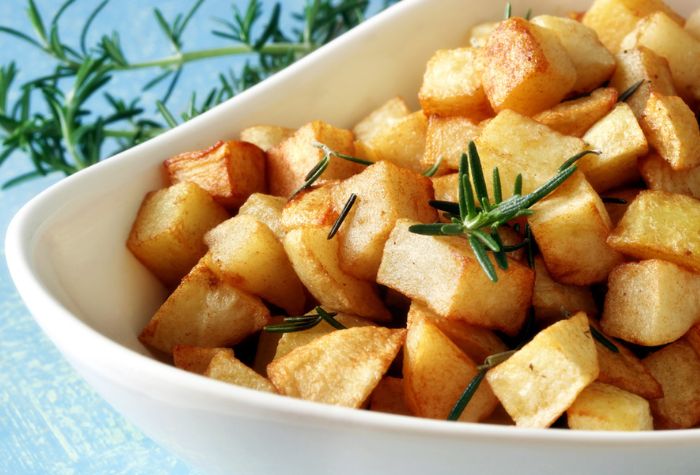
The final entry on our list needs no introduction.
Potatoes are one of the most commonly used vegetables in countries and cuisines all over the world. This is thanks to their incredible versatility, to which their viability as substitutes for parsnips is no exception.
If you were planning on roasting, frying, or mashing your parsnips, then potatoes will work just as well, if not even better.
Potatoes get a bad rap as being unhealthy due to their strong association with French fries. However, potatoes can be extremely healthy when prepared the right way.
Boiled potatoes are a great source of magnesium, potassium, and calcium. They’re also high in fiber and act to regulate your blood sugar and cholesterol levels.
How to Prepare Parsnips
If you do have parsnips on hand, then you need to know how to prep them before using them in any recipe.
If your parsnips are small, preparing them for cooking is as simple as washing them thoroughly to remove any dust or pesticide residue.
On the other hand, if the parsnips you have are large or medium-sized, you’ll need to peel them. You’ll also want to chop them up into pieces of roughly the same size, this is to ensure that they cook evenly.
How to Store Parsnips
Failing to provide the right conditions for your parsnips can lead to them dipping in quality or even going bad.
The ideal temperature to store parsnips is 38℉ to 42℉. You should also store these root vegetables in a highly humid area. A good place to find these conditions is your fridge drawer.
Other places around the house that work well for storing parsnips are basements and root cellars. You can also keep your parsnips in a ground-level, dark, cool kitchen cupboard.

